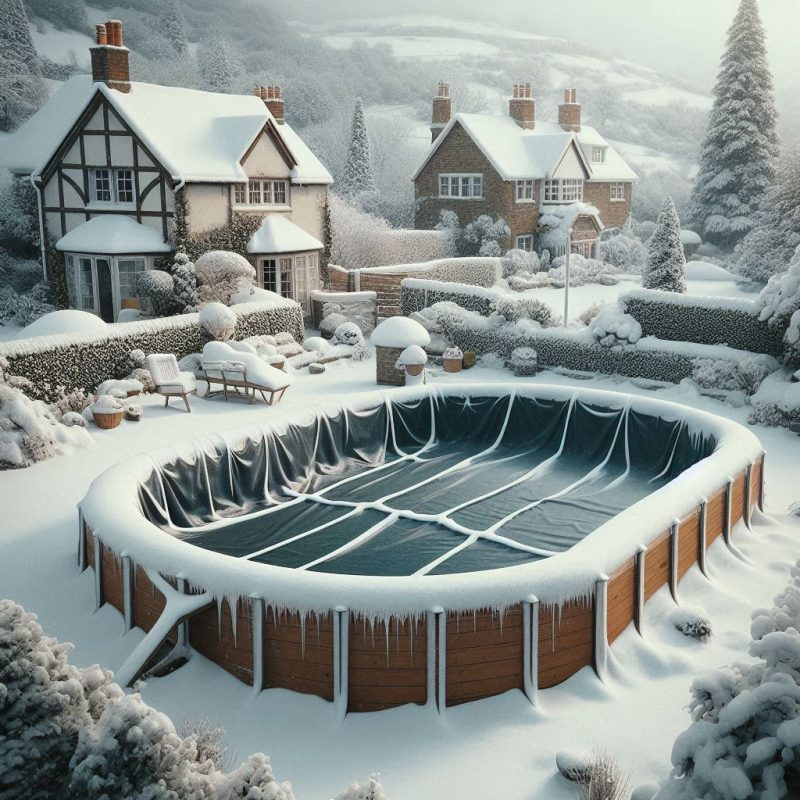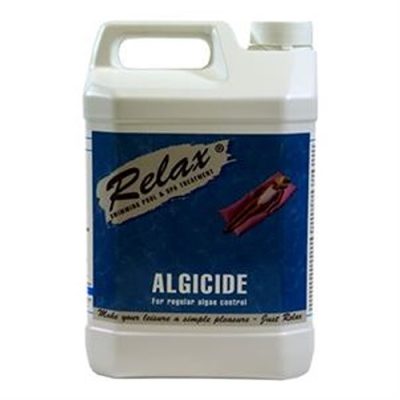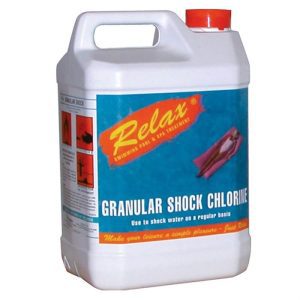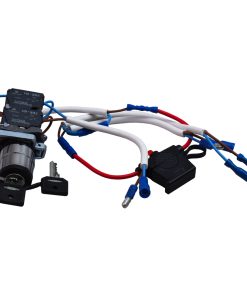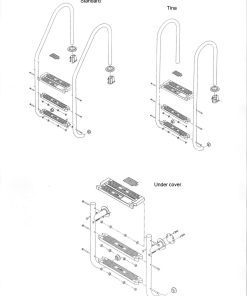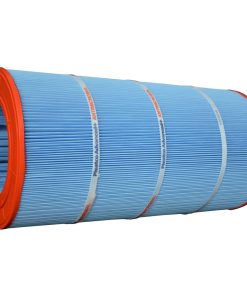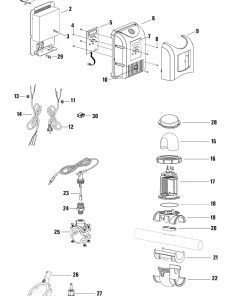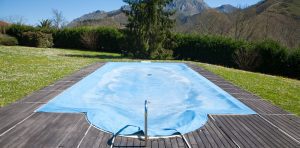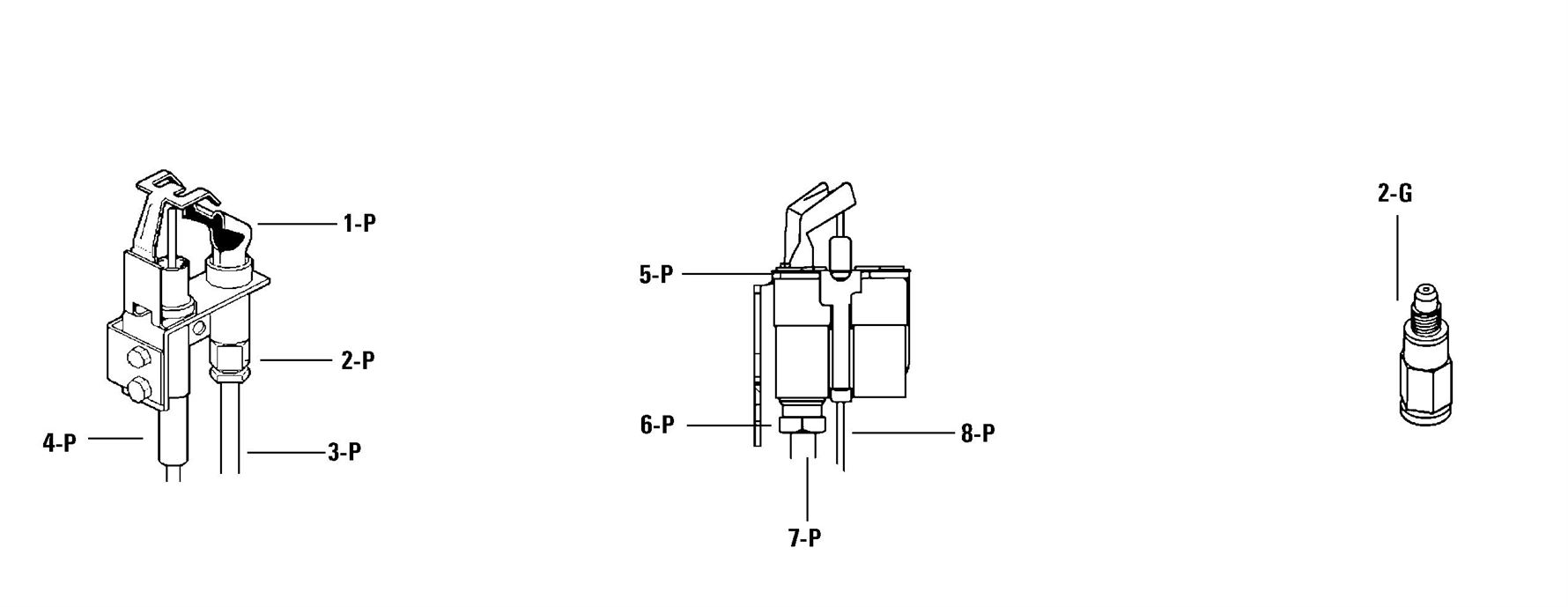Blogpool, Chemicals, Maintenance, Swimming Pool
The Importance of correctly Closing your Swimming Pool for the Winter
Winter pool maintenance plays an essential role in protecting your pool investment while allowing for easy spring reopening. The following post examines pool winterization importance followed by step-by-step instructions for winter pool closing.
1. Why Winterize Your Pool?
The process of winterizing your pool safeguards it from freezing temperature damage along with preventing possible winter harm. The following are the essential motivations for pool winterization:
Freezing water causes pool structures to expand which results in wall cracks and tile breaks and plumbing system failure leading to expensive maintenance costs.
When you properly winterize your pool it becomes simpler to open it in springtime thus reducing maintenance work and cleaning duration.
2. Step-by-Step Winterization Process
The following sequence of instructions will lead you to perform effective pool winterization:
Clean the Pool:
Skimmer nets should be used to clear away debris before vacuuming the pool to eliminate dirt along with algae.
Brushing the walls and floor helps stop algae from growing when winter arrives.
Balance Water Chemistry:
Check and modify the water chemistry until it reaches these specific values:
pH: 7.2 – 7.6
Alkalinity: 80 – 120 ppm
Calcium Hardness: 200 – 400 ppm
Chlorine: 1 – 3 ppm
Use chlorine to shock the pool so that all remaining contaminants will be removed.
Lower Water Level:
The plumbing system should remain free of ice by maintaining water levels beneath the skimmer position.
Use a submersible pump to drain excess water.
Drain and Store Equipment:
The entire pool equipment set including filters and pumps and heaters should be taken out and drained completely.
Equipment should be stored within dry protection to avoid any form of damage.
Add Winter Chemicals:
Apply either winterizing chemical kits or algaecide products into the pool to stop algae development throughout winter months.
Cover the Pool:
Solid safety covers or mesh covers provide protection from debris while keeping the pool safe through winter conditions.
3. Winter Pool Maintenance
Some basic maintenance procedures need to be done throughout the winter period.
Regular checks should be performed on the pool cover to see if it collects debris or shows signs of damage. The cover should be cleaned of snow and leaves because damage may occur.
Conclusion
The winter season demands proper pool closure methods because it shields your investment from freezing conditions and prepares your pool for spring opening. The described procedures protect your pool investment while allowing you to enjoy an unproblematic pool season when temperatures rise again.
Some products you might be interested in:

